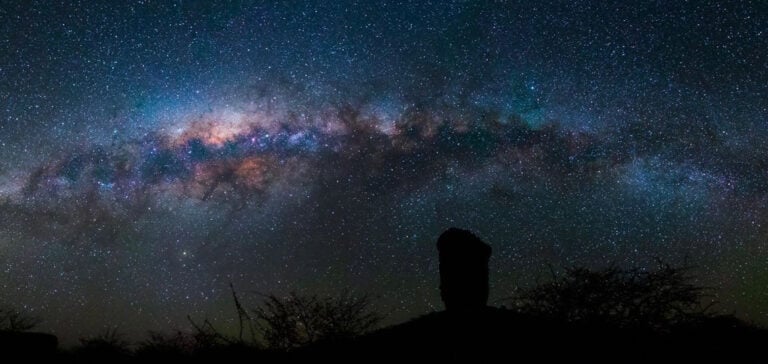The Standard Model of Particle Physics has long been regarded as the cornerstone of our understanding of the universe. With the discovery of the Higgs boson in 2012, it seemed that this model was complete, explaining the main elements of matter and three of the four fundamental forces.
The Challenges of the Large Hadron Collider
However, a number of enigmas remain. Dark matter and dark energy, which make up a large part of the universe, remain elusive for the Standard Model. This is where physicists come in, supported by the Department of Energy (DOE), to explore the frontiers of knowledge.
In Search of New Horizons
Nadja Strobbe, a researcher at the University of Minnesota Twin Cities, investigates these questions at the Large Hadron Collider (LHC), the world’s most powerful particle gas pedal. It was also at the LHC that the Higgs boson was discovered, marking a major milestone in particle physics.
Supersymmetry: An Expansion Theory
The LHC, a 17-mile ring in Switzerland, propels particles at speeds close to the speed of light. When these particles collide at precise points in the ring, they create spectacular phenomena and generate a considerable mass of data. Scientists gather information on the 40 million particle collisions that occur every second the machine is active.
In Search of the “Top Squark
Questions that intrigue researchers include the origin of matter and why different particles have different masses. To answer these questions, Strobbe is looking for a hypothetical particle called a “top squark”. This theoretical particle escapes the limits of the current Standard Model.
Future prospects
The Standard Model already includes 17 different particles, including the quarks that make up protons and neutrons, and the leptons that make up electrons. It also describes the particles that carry three of the four fundamental forces that govern interactions between these basic constituents.
The impact of the LHC on our understanding of the Universe
Even before experimental physicists discovered these particles, theorists had predicted them. In this way, the Standard Model acts like a crossword puzzle, with the theory providing the clues needed to fill in the gaps.
Technological and medical advances
Supersymmetry is one of the theories that could extend physics beyond the Standard Model. It also suggests the existence of “superpartners” for every particle in the Standard Model. Among these particles is the quark top. The “top squark” studied by Strobbe is the hypothetical superpartner of the top quark. Its experimental discovery could help elucidate aspects unexplained by the current Standard Model.
In short, the LHC and the work of researchers like Strobbe are helping to shed light on the foundations of our universe. They also pave the way for future technological advances. The knowledge gained from improved particle gas pedal technologies is having a major impact, particularly in the field of medicine, with advances such as CT scanners and MRIs. The quest to understand the mysteries of particle physics continues at the LHC and in laboratories around the world, opening up new perspectives on the universe around us.






















